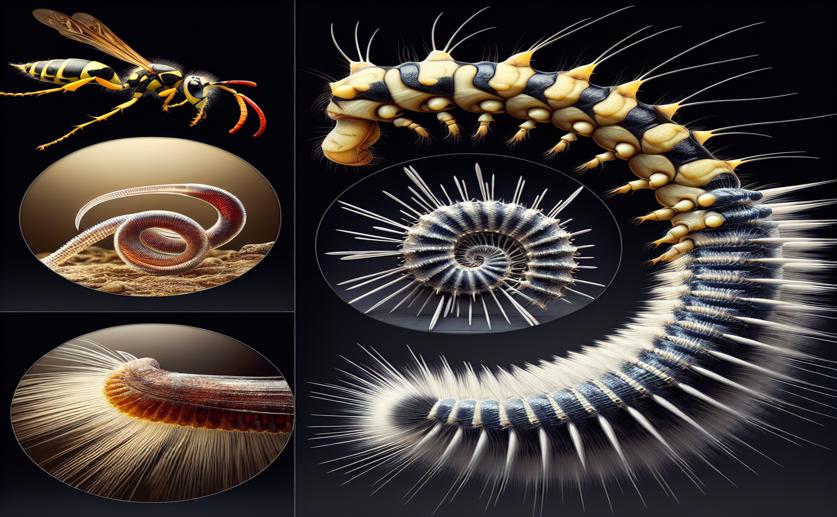
Unlocking the Design Secrets of Nature's Stingers
David Palenski
7th February, 2024

Image Source: Natural Science News, 2024
References
Main Study
1) The shape of Nature's stingers revealed.
Published 6th February, 2024
https://doi.org/10.1073/pnas.2316320121



 13th December, 2023 | Phil Stevens
13th December, 2023 | Phil Stevens